
The past three desktop computers I’ve owned have all been 27-inch iMacs. I love the combination of all-in-one space savings, a huge screen, and power. When Apple announced the updated 27-inch iMac with Retina 5K display, I figured it was time to update from my 3-year-old machine to a newer model. After a week of using the new computer, I’m finding there’s a lot to like about the latest iMac.
This iMac shares the same case as the model it’s replacing, so there’s no real change there. Likewise, both devices include a 3.4 mm headphone jack, an SDXC card slot, four USB 3 ports and a Gigabit Ethernet connector. The new iMac does have two Thunderbolt 2 ports instead of the two Thunderbolt ports found on the older machine.
Display
The first thing that has been improved is the display. This a big boost for me personally since my previous iMac wasn’t a Retina model. Needless to say, the screen is now clearer, brighter, and the 10-bit driver for the display brings much-improved gradients with less banding than before… but only in two Apple apps — Photos and Preview. The device does provide a wider P3 color gamut (Apple says it makes 25 percent more colors available), so images seem much more lifelike.
Having not used a 5K display before, one of the first things I did was to visit YouTube to watch 4K UHDTV (Ultra High Definition TV) videos. These are actually upsized to fit the 5K (5120 x 2880 pixel) display with its 14,745,600 pixels. Your standard 1920 x 1080 pixel HDTV, by comparison, has just 2,073,600 pixels. Yes, that’s over seven times more pixels than an HDTV, and even more pixels than a 4K UHDTV at 3840 x 2160 pixels).
The sharpness of the display is hard to believe. When I take off my glasses (I’m very nearsighted) and put my face about four inches away from the old screen, I can see individual pixels, and it’s even possible to see some jaggies from further away than that. With the new display, those pixels are too small to discern and there is absolutely no pixelation anywhere. It’s without a doubt the most crisp, beautiful and colorful display I’ve ever had the pleasure to use.
This finally gives me something I can actually view 4K video on, so now it’s time to take that iPhone 6s Plus out and shoot some 4K. On top of that, my DSLR shoots RAW format, which Apple says will look better on this new display.
Speed
The new iMac seems somewhat speedier than before, but not tremendously so. I ran Geekbench 3.3.2 on both my old iMac (Late 2012, Intel Core i7-3770 at 3.4 GHz) and the new iMac (Late 2015, Intel Core i7-6700K at 4.0 GHz). Both iMacs are running OS X El Capitan 10.11.1, and both currently have 16 GB of RAM although I am seriously considering the purchase of at least 16 more GB (OWC even provides a 64 GB upgrade for this iMac!).
While I won’t go through all of the details of the testing, the scores were as follows. For the old iMac, the composite Multi-Core score was 13750, with an Integer score of 15640, Floating Point score of 16995, and Memory performance of 3480. The new iMac managed a composite score of 16891, an Integer score of 19479, a Floating Point score of 20658, and a Memory performance score of 4183. Both devices have one processor with four cores capable of running eight threads. Taking the composite, floating point, and integer scores into account, the new iMac is anywhere from 21 to 24 percent faster than the old.
Where the real improvement is apparent is when the new iMac is crunching through some graphics work, updating photographs and so on. There’s a noticeable speed improvement that’s quite welcome when doing retouching.
Keyboard
Ah, the keyboard. The lovely new Magic Keyboard. I’ll say right off the bat that I love this thing. It’s quieter than the old Apple Wireless Keyboard, the keys seem more precise, and it has a really good feel to it. I find the lower profile to be much more comfortable, too.

Much has been said about how the new “Magic” devices (Keyboard, Mouse 2 and Trackpad 2) pair with a computer automatically when they’re connected with a Lightning charging cable, but readers will want to know that these come pre-charged and paired with new computers. Just pull them out of the box, turn them on, and you’re up and running.

So far, I’m finding the new Magic Keyboard to have much better battery life than the old Apple Wireless Keyboard. With a week of usage almost 8 hours per day, the battery level is at 84 percent. At that rate, I will probably get about five weeks between charges.
Trackpad

I’m not a fan of mice, so I got the Magic Trackpad 2 with the iMac. This is a wonderful Force Touch device that’s much larger than the old Magic Trackpad, but with a lower profile. As with other Force Touch devices, it provides haptic feedback and allows for new gestures. One I use a lot? A hard push on a word to bring up the Dictionary. That’s priceless for a writer.

The Magic Trackpad 2 seems to be chewing through the battery a bit faster than the keyboard, but then again I don’t believe it was full charged when I got it. One very cool feature is a “silent click” setting that, while it doesn’t completely eliminate the sound of clicks, does make them significantly quieter.
Storage
The storage I chose for this unit was Apple’s stock 2TB Fusion Drive, which combines a 120GB SSD with a 2TB HDD. This drive was the subject of some discussion I saw a few weeks ago, where someone was adamant that the Fusion Drive used a slower 5400 RPM drive. For this device, the Fusion Drives have always used 7200 RPM HDDs, so I’m not sure where or why that rumor got started.
As with the previous model, the drive is virtually impossible to hear in operation.
The Bottom Line
The 27-inch iMac has always provided a combination of reasonable price, speed, and screen size to the consumer who wants more power and a larger display in a non-portable computer. With the addition of the incredible, much more colorful 5K display at roughly the same price point as the non-5K version three years ago, the new iMac is certainly worth a look for anyone who doesn’t want to spend money on the expensive Mac Pro and a third-party 4K display.
OWC tears down Late 2015 iMacs
See our teardown and unboxing of the new 27-inch iMac with Retina 5K display here: https://eshop.macsales.com/blog/33572-owc-unboxes-tears-down-the-late-2015-27-inch-imac-retina-5k
And for our teardown and unboxing of the new 21.5-inch iMac with Retina 4K display, click here: eshop.macsales.com/blog/33640-owc-tears-down-21-5-inch-imac-retina-4k-confirms-memory-is-soldered

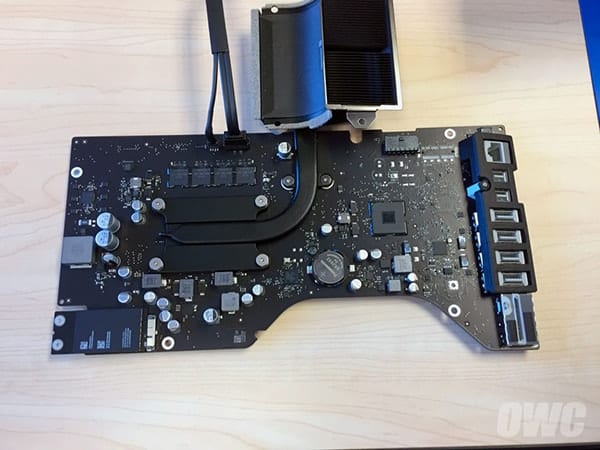
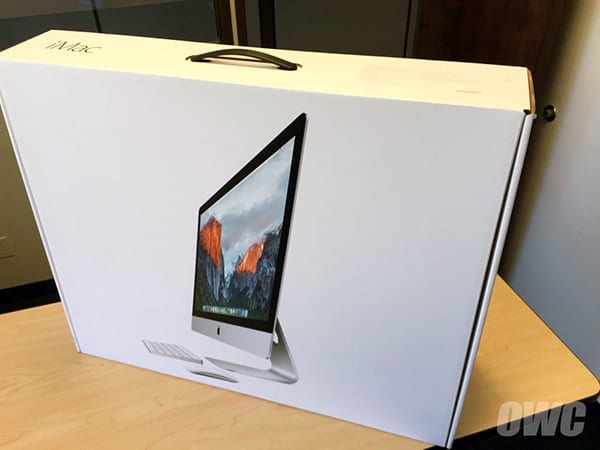

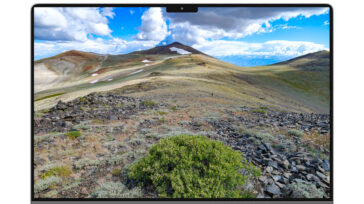

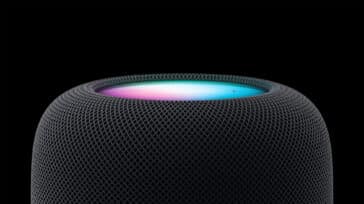
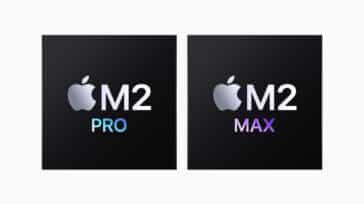


I wondering which graphics card you went with? Did you consider just a SSD and using external storage via Thunderbolt?
Hi, Matt —
I ended up going with the AMD Radio R9 M395X with 4 GB of video RAM. I’m quite impressed with how smooth and spectacularly clear 4K video is on this machine, when my old iMac seemed to have issues even keeping up with 1080p most of the time.
To answer your other question, I did seriously think about putting an SSD in the box and then using external Thunderbolt 2 storage, but I ended up going with what I could afford and using existing external storage for backup only.
Steve